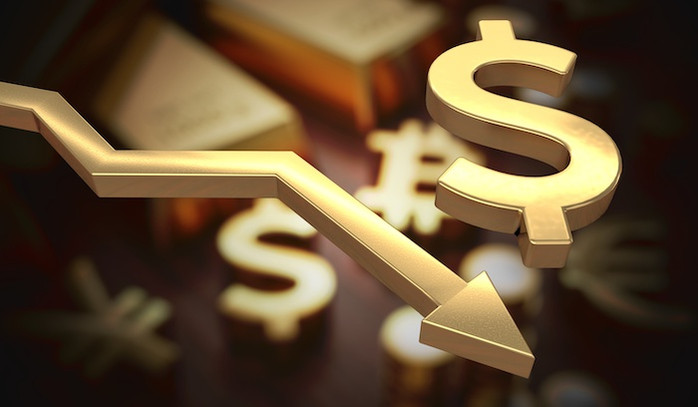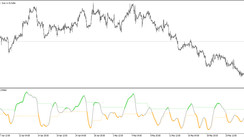The US currency began to gasp for air. The trend has already changed, and investors are moving money away from the dollar and into other currencies and economies as a result of the impending recession. Analysts predict a strengthening of the euro. The US Federal Reserve (Fed(US) )'s hawkish strategy to fighting inflation, which hiked rates at a rapid pace, and the prior robustness of the US economy were the key drivers of the dollar's rise last year. But there will be no more rate increases. The market anticipates that it will halt at 5% in February.
The US dollar's strong increase last year was so marked that the dollar index, which measures the value of the US dollar relative to a basket of other currencies, reached a 20-year high in early October. Investors moved money from the local currencies of less desirable economies to the US one due to the US economy's durability.
However, analysts claim that the dollar's heyday is passed. The dollar had a significant decline in November of roughly 6% as it became apparent that America's inflationary high was likely over and a downward trend was developing. This reversed roughly half of the dollar's growth from the previous year. And it appears that other currencies will gain from its continued weakness. Predictions show that the fall of the dollar will have a major impact on the overall US economy as well as on ordinary households. But not only USA face problems.





